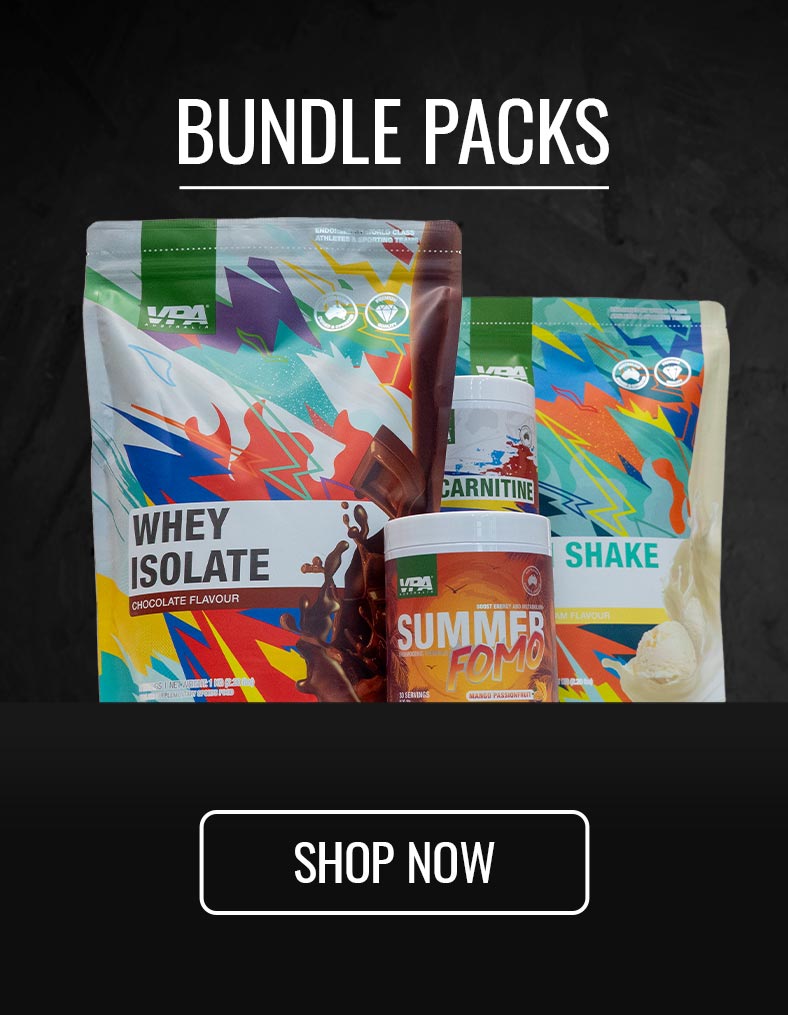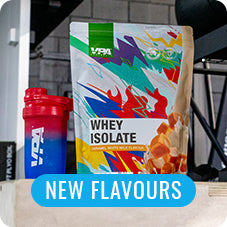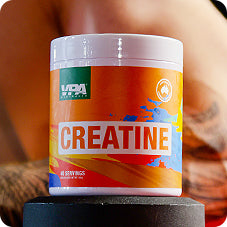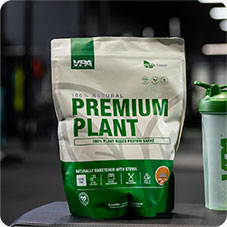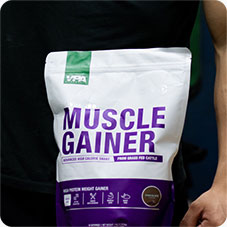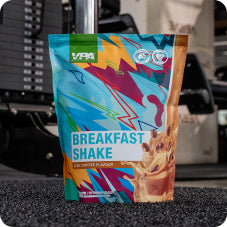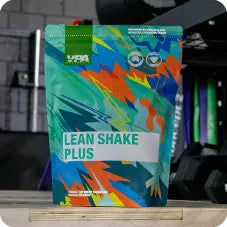Your Cart is Empty
How does technology influence eating habits?
October 26, 2020 4 min read

Technology isn’t just changing the way we communicate – it’s changing the way we eat. Take social media for example. Sharing food snaps on Instagram, Facebook and Twitter have grown into a worldwide phenomenon. Certain influencers have even made an entire career out of utilising this craze for food on their feeds.
According to the Choosi Modern Food Trends Report, 39% of respondents claimed social media influences their current eating behaviours, with Gen Ys most likely to be influenced (64.4%).
But still, the question remains. How much of an impact does technology really have on what we eat? And how will this change in the future? Let’s find out!
Social Media, Foodies, and Awareness
Social media influence can be a good thing in many ways – it’s the perfect vehicle for the foodie movement and can allows you to show the world what you’re eating, where you’re eating, and who you’re eating with.
On one hand, it’s making us more aware of what we’re putting into our bodies, which is helping us develop better eating habits. It’s shining a light on the ‘social’ aspect of eating, which is never a bad thing. Also, it keeps us informed about current food trends, and which restaurants we should check out next.
Social media can show that food is more than just a means of survival. It highlights the way food functions in people’s lives, reflects their self-image, background, and health and fitness habits. However, being constantly bombarded with the eating routines of others can lead to a negative relationship with food and can even cause us to feel shameful or envious at times.
For restaurant owners, food growers and the retail market, the rise of social media has influenced what they sell, how they sell it, and even what they should do next. Before Instagram, charging $20 for avocado on toast was daylight robbery. However now, with the help of social media, is a commonly accepted price to pay.
So, while it’s clear social media is influencing the food industry, the question is: how else is technology changing our eating habits?
Technology as a Nutritional Intervention
The most recent data from the Australian Institute of Health and Welfare from 2017-2018, showed that 17% of children are overweight, and 7.7% are obese. This means that1 in 4 children have an increased risk of physical health issues, as well as increased chances of illness and mortality in adulthood,
Digital technologies such as social media, health tracking, education, social support, gamification, and others, have shown to provide promising new avenues for delivering engaging and successful nutrition interventions in adolescents and young adults.
High smartphone and social media use in this age group make technology-based interventions a particularly relevant way to help support this age group and instil positive habits that carry forward into adult life.
A recent meta review found that Technology Based Interventions can also have positive effects in treating health domains including substance abuse, mental health, diet modification, and physical inactivity.
The Potential for Negative Impacts through Technology
Unfortunately, there are links between ‘problematic internet use’ (PIU) and the higher development rate of eating disorders such as anorexia nervosa, bulimia nervosa, binge-eating disorder, food preoccupation, and loss of control eating. PIU includes things such as sedentary behaviour from overuse of internet technologies, as well as negative social comparisons that may develop through exposure and self-comparison to audio-visual content from Instagram and Facebook.
Given these potential negative aspects of technology use the need for a healthy relationship with food and technology should be fostered from early childhood and adolescence to avoid these behaviours later in life.
How Technology Encourages Healthy Cooking
Technology might be an inescapable reality, but there are now more resources available than ever before. New apps, start-ups, and businesses are helping us cut through the clutter to make better, healthier decisions.
Instead of spending hours sorting through information online or manually logging dietary intake, apps such as Fooducate and Easy Diet Diary can do the hard yards for you. These apps allow you to scan any item in a grocery store or as you eat it, to get a breakdown of ingredients and calories. Some apps can even provide a list of healthier options.
For those lacking in health knowledge, apps such as Health IQ will give you access to a bank of knowledge on topics such as food allergies, childhood health, and portion control. Then there are apps such as Paprika, Mealime, and Mealboard that can help you plan, shop, cook, and even suggest a variety of simple, healthy meals.
Cooking With Smart Technology
It’s no secret one of the best ways to eat healthier is to cook at home. However, as our lives become more hectic by the day, how do you find the time? This is where “smart” technology comes in. Innovative appliances such as smart slow cookers can help take the hassle and time commitment out of cooking.
Similarly, countertop ovens such as the June Intelligent oven will notify you via SMS when your meals are cooked to perfection, and even provide a live video stream to monitor your food. Technology solutions such as these can help make cooking at home more manageable.
Who knows what the future will bring. Maybe you’ll have a robo-chef whipping up meals in your kitchen, or even a 3D food printer to replace your microwave. Either way, technology is evolving at a rapid pace. It’s not only influencing the way we think about and consume food, but it’s also helping us make better, and more informed decisions.
VPA® RECIPES
Find inspiration on creative protein recipes on the blog.
Blog republished with permission from IdealNutrition.com.au
Also in Diet and Nutrition
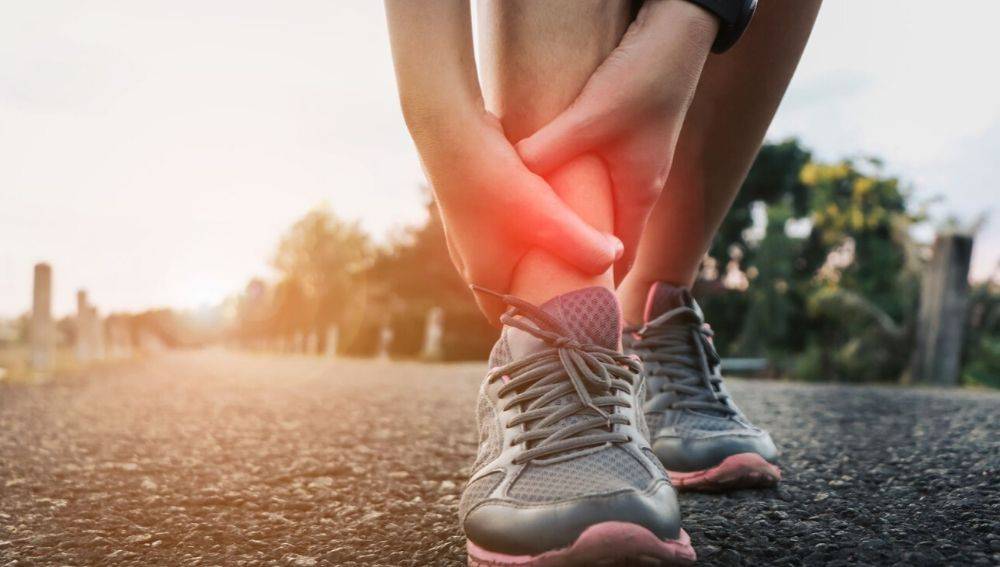
Best Supplements for Injury Recovery (And Nutrition Tips to Heal Faster)
May 21, 2025 6 min read
Read More Recent Articles
- Best Supplements for Injury Recovery (And Nutrition Tips to Heal Faster)
- Does Whey Protein Have Lactose? What You Need to Know
- Protein Shake for Breakfast: Is It a Healthy Choice?
- How to Bulk: A Complete Guide for Beginners
- 10 Quick Pre-workout Bites to Power Your Training
- Banish the Belly Bloat: Simple Solutions for a Flatter Feeling
- Navigating the Golden Years: Enhancing Mobility as You Age
- A Comprehensive Dive into the World of Biohacking
- Why you should try the Mediterranean Diet
- Managing Blood Sugar Spikes: A Comprehensive Guide for Better Health
${{amount}}


